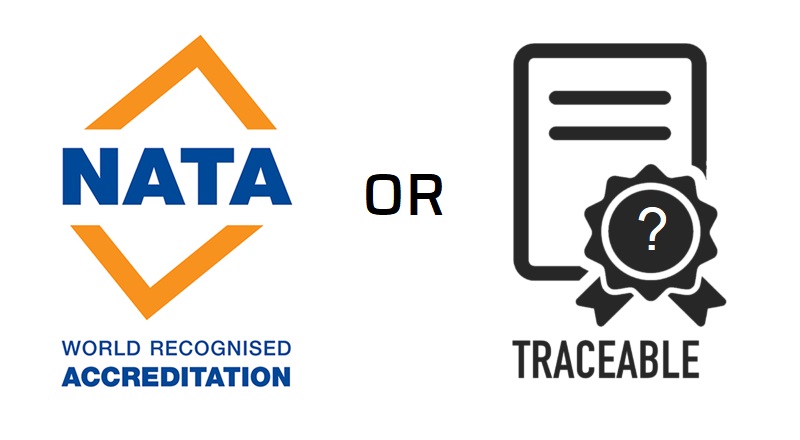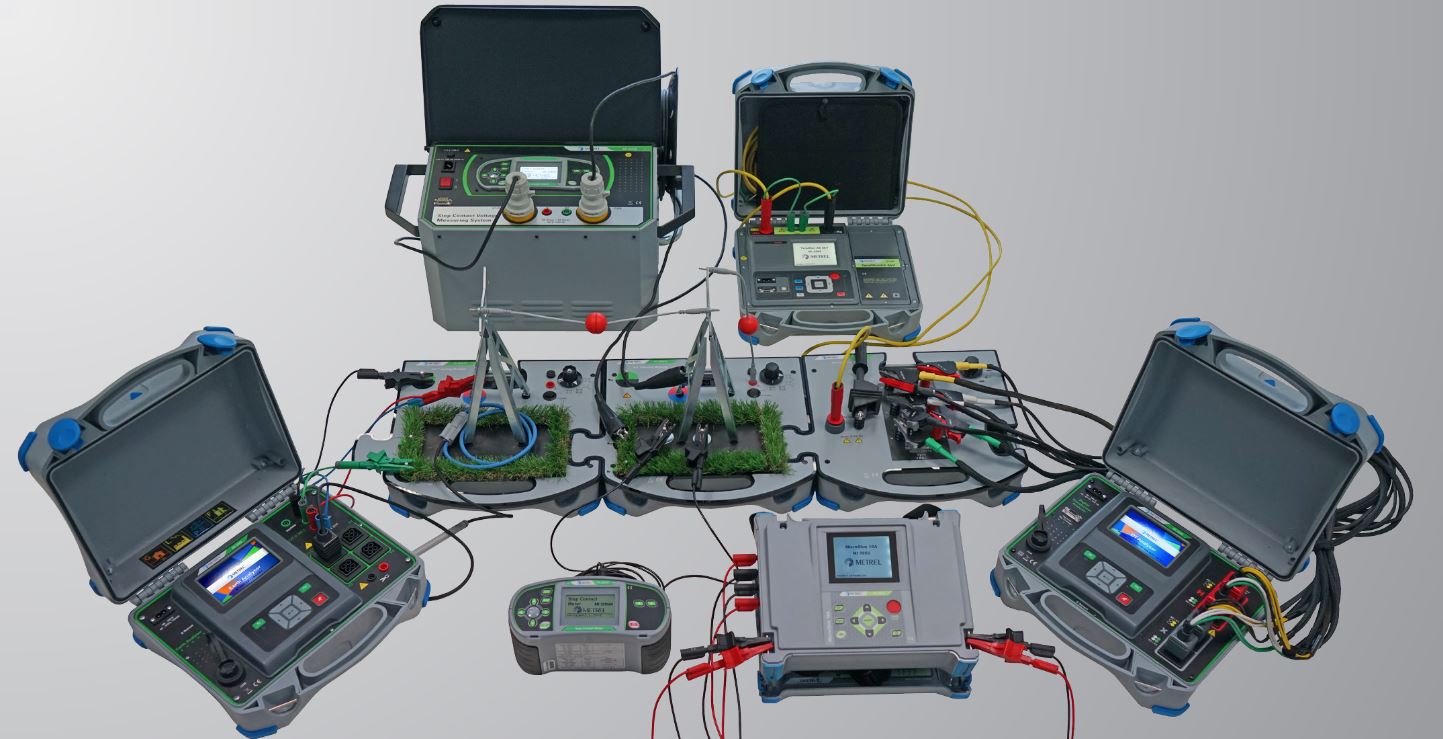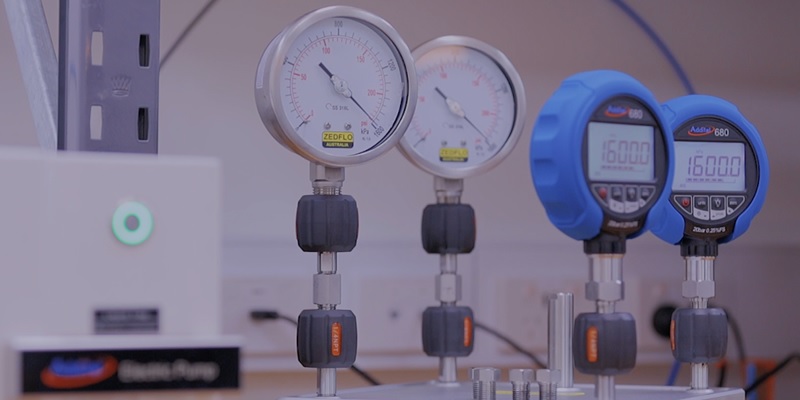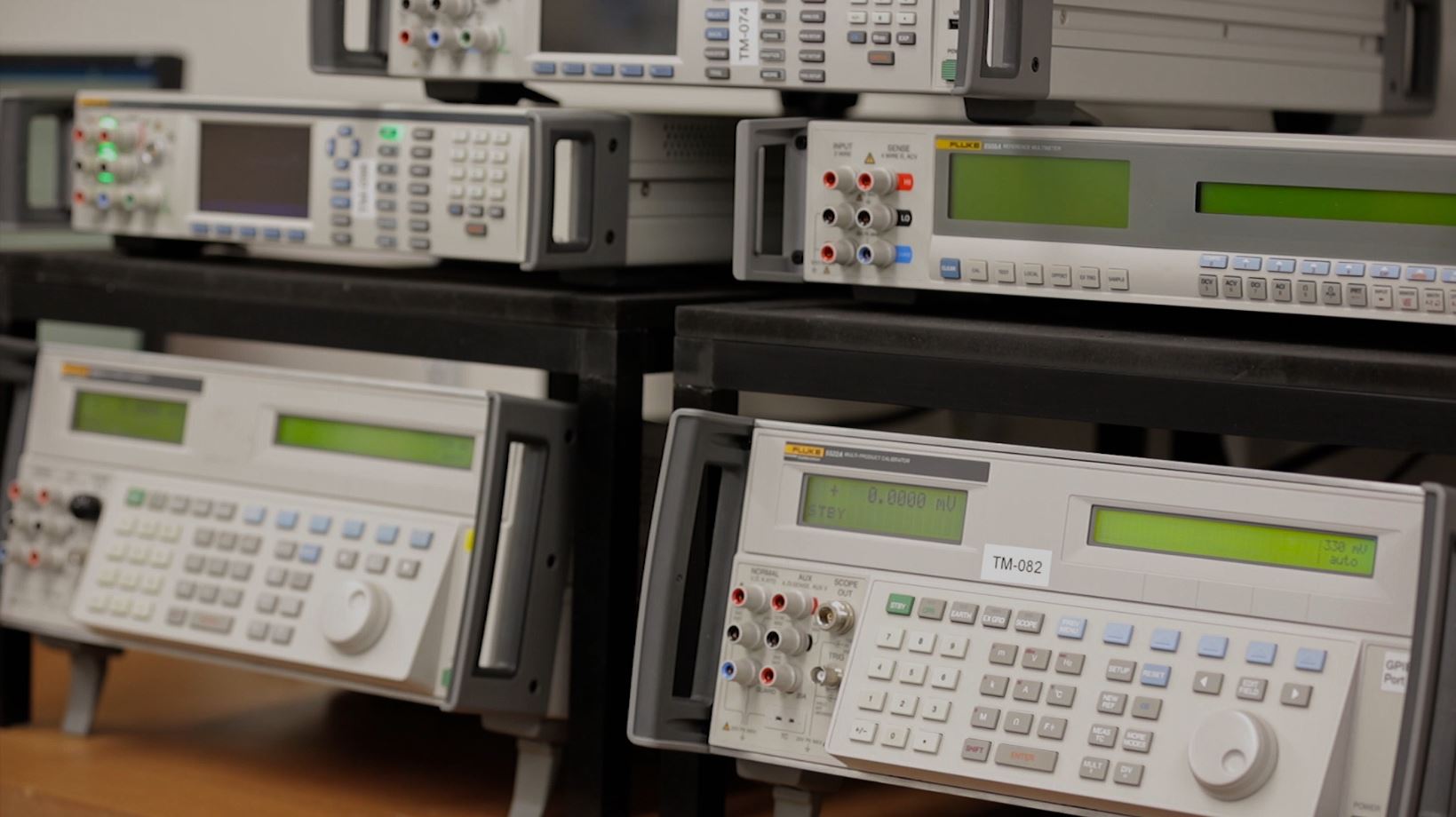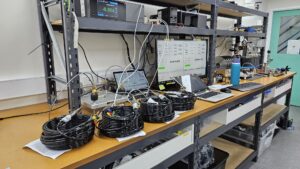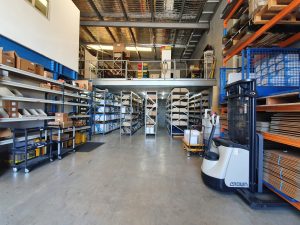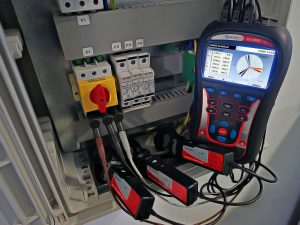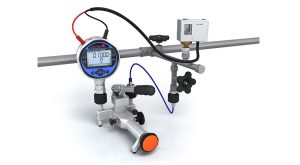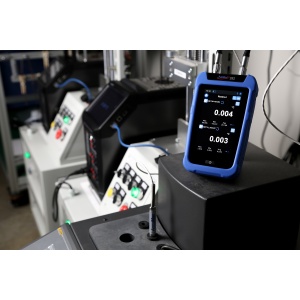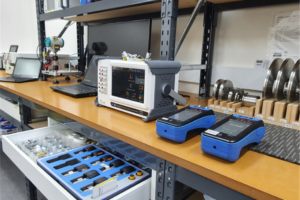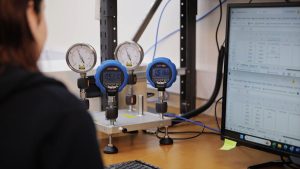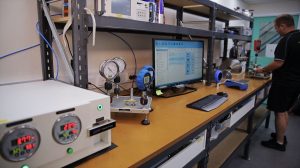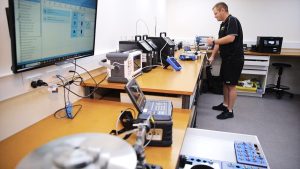What is a ‘NATA’ calibration?
A NATA endorsed calibration certificate can only be issued by a NATA accredited laboratory.
It means that the calibration laboratory has been assessed and audited in accordance with the international standard “ISO 17025 – General requirements for the competence of testing and calibration laboratories”. This standard requires staff are technically competent and properly trained, the lab uses only validated procedures, and their references and standards have unbroken traceability chains to International Standards. The lab is assessed for a clearly defined scope, which is published on their website for everyone to see. Here’s our scope for more information.
The lab also has quality management policies and procedures in line with those followed in ISO 9001.
NATA endorsed certificates should give you confidence in the quality of measurements and calibration report.
What is a ‘traceable’ calibration?
Obtaining a ‘traceable’ calibration certificate means that your instrument has been tested against a calibrated reference, but it does not offer any assurance on the competency of the technician or methods used. This however does not mean that it is a bad calibration, it just means that the calibration lab has not been accredited by NATA or other governing body to offer assurances about technical competency.
Is NATA traceable good enough?
When a company describes their service as ‘NATA traceable’, they usually mean that their reference equipment has a NATA endorsed calibration certificate. NATA are an assessing and auditing association. They do not write or maintain standards. The term ‘NATA traceable’ does not make sense.
What is ILAC and NATA?
The National Association of Testing Authorities (NATA) are a body that assesses, audits and grants accreditation’s to laboratories (as well as other service providers) for compliance with various international standards. They work alongside industry leaders, academia and other accrediting bodies worldwide to ensure best technical practice is followed here in Australia.
International Laboratory Accreditation Cooperation (ILAC) is the international organisation that holds accrediting bodies (like NATA) to account, ensuring quality and consistency around the globe. A report bearing the ILAC mark is recognised and accepted virtually anywhere in the world. NATA is one of around 100 accreditation bodies world-wide that are signatories to the ILAC Mutual Recognition Agreement.
Put simply, ILAC oversee technical accreditation globally, ILAC audit NATA, and NATA audit labs across Australia.
What calibration does Zedflo provide?
Zedflo has capability for calibrating pressure, electrical, temperature and certain flow test and measurement devices. We offer both NATA accredited calibrations for items within our scope, and non-accredited traceable calibrations on other equipment.
We will inform when quoting whether a service is NATA accredited or not.
Though as previously noted, our non-accredited traceable service does not mean that it is a bad calibration – it simply means that we have not yet been assessed for certain types of equipment and measurements. All our calibration work broadly follows our ISO 17025 compliant quality management system.
For some clients who would prefer a ‘one stop shop’ for all calibrations but requires them all to be NATA we can outsource the other calibrations that are required to be NATA to external labs, just contact us with your requirements and we can quote accordingly.
NATA vs Traceable. Which do I need?
If the instrument is used only for indication purposes, you would typically only require a traceable calibration. You may not require a NATA accredited calibration unless the item you are calibrating will be used for subsequent calibrations as a reference instrument. However, in some industries where your instrument is used for reporting work to your own clients, the client may request or require you to use instruments that that are NATA calibrated. Additionally, instruments that will be used as references for subsequent calibrations would typically require a full NATA calibration as it will maintain the chain of traceability and uncertainty.
Interested in our calibration services?
Check out our calibration page.

